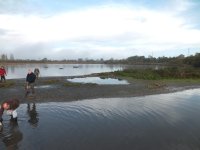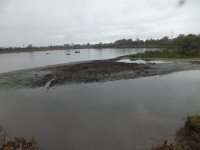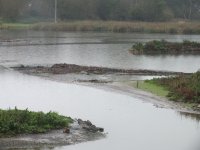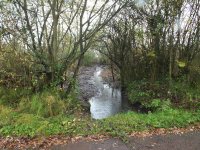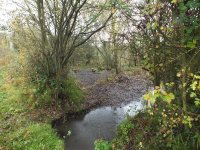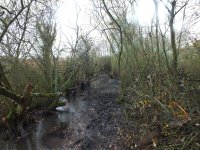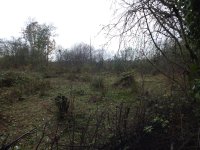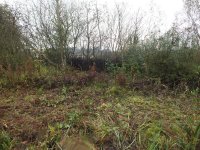Other team, worked in Swampy bottom and Secret garden
This is a follow up to last week, where there is a lot of diverse habitat in such a small area.
SWAMPY BOTTOM
This is Dave's baby

, More willows were coppiced and a new dead hedge 'hurdle' was created. The channel was opened up a bit more to encourage water rail, kingfisher and may be Bittern. (A kingfisher was perched up even before the work stared). It is worth approaching this area quietly when walking along the causeway and looking out for kingfisher or water rail and who knows what else.
SECRET GARDEN
Today we strimmed in front (west facing) and to the left (south facing) of the area, this will open it up to sunlight, which will improve the habitat for insects and birds.
We will annually be strimming this area to encourage butterflies and a diverse Flora. The area is sheltered, south facing and a is a summer sun trap. Willow warbler bred here two years ago, so hopefully we will see them return. More work is required next week in this area. The area has a wide range of habitat types, including bramble patches, hawthorn and blackthorn thicket. Alder carr, grassy patches and boggy ground next to the swampy bottom channel.
pics
1 to 3
Swampy Bottom 1 and 2 from the causeway
3 from the south side looking back to the causeway.
4: Secret garden from the viewing area
5. looking west to the hurdle next to the swampy bottom channel
Many thanks to the team of 15:t:
Paul M, Bob O, Bob P, Bob R, Peter E, Terry W, Keith M, Tony B, Dave H , Ray C, Janette, Janet, Charles, Nick,






